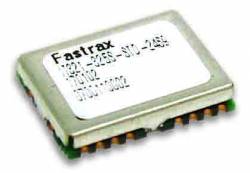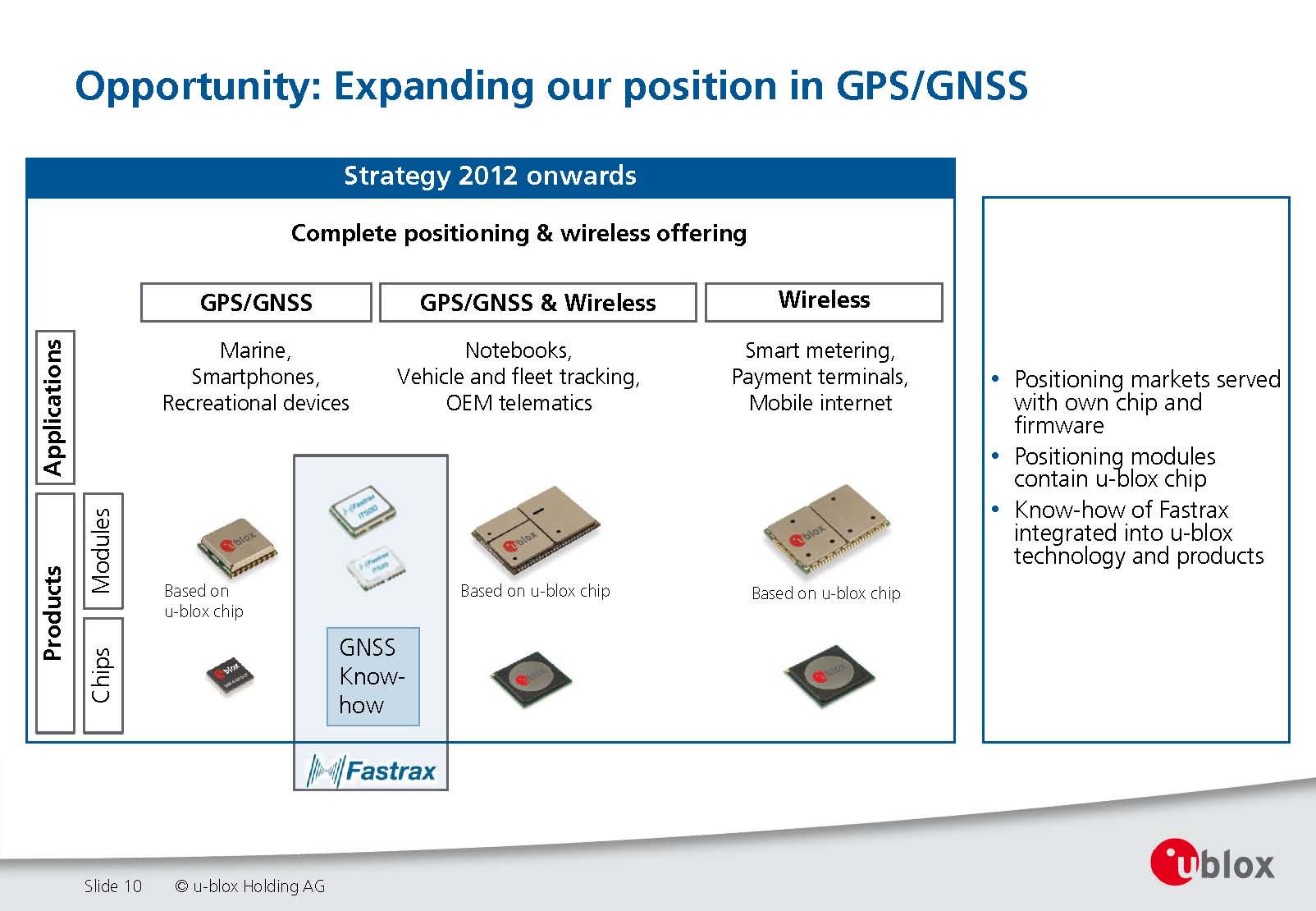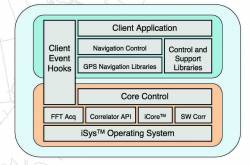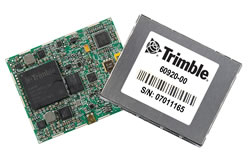 IT321
IT321Fastrax Ltd. has launched two new GPS OEM receivers, including one with an integrated chip antenna, aimed at designers of mass-market automotive and portable devices.
The Fastrax UC322 incorporates an on-board chip antenna (five millimeters thick) designed to reduce the size from that of typical patch antennas and large separate ground planes, according to the company. Instead, the end device’s printed circuit board functions as part of the antenna.
Fastrax Ltd. has launched two new GPS OEM receivers, including one with an integrated chip antenna, aimed at designers of mass-market automotive and portable devices.
The Fastrax UC322 incorporates an on-board chip antenna (five millimeters thick) designed to reduce the size from that of typical patch antennas and large separate ground planes, according to the company. Instead, the end device’s printed circuit board functions as part of the antenna.
The receiver, based on SiRF Technology’s SiRFstarIII LT chipset, has external dimensions of only 30.0 x 10.4 x 2.9 millimeters. The unit reportedly draws 90 mW of power during navigation with a sensitivity of -159 dBm.
Fastrax’s other new product is the IT321 20-channel OEM receiver measuring 10.4 x 14.0 x 2.6 millimeters, which also incorporates the SiRFstarIII LT chipset with ROM based firmware. The receiver comes with a TCXO oscillator, real-time clock (RTC) and low noise amplifier (LNA).
Concurrently with the new receivers, Fastrax also announced a revised product naming system. The previous iTrax receivers will now be called Fastrax ITxx, with ‘xx’ standing for the specific model number of the receiver. Similarly, the uPatch product line of OEM GPS receivers with integrated patch antenna will be renamed the Fastrax UPxx receivers.
Fastrax says the new Fastrax UC322 and Fastrax IT321 receivers will be available as samples at the end of February 2008 and in mass production at the end of March 2008.





